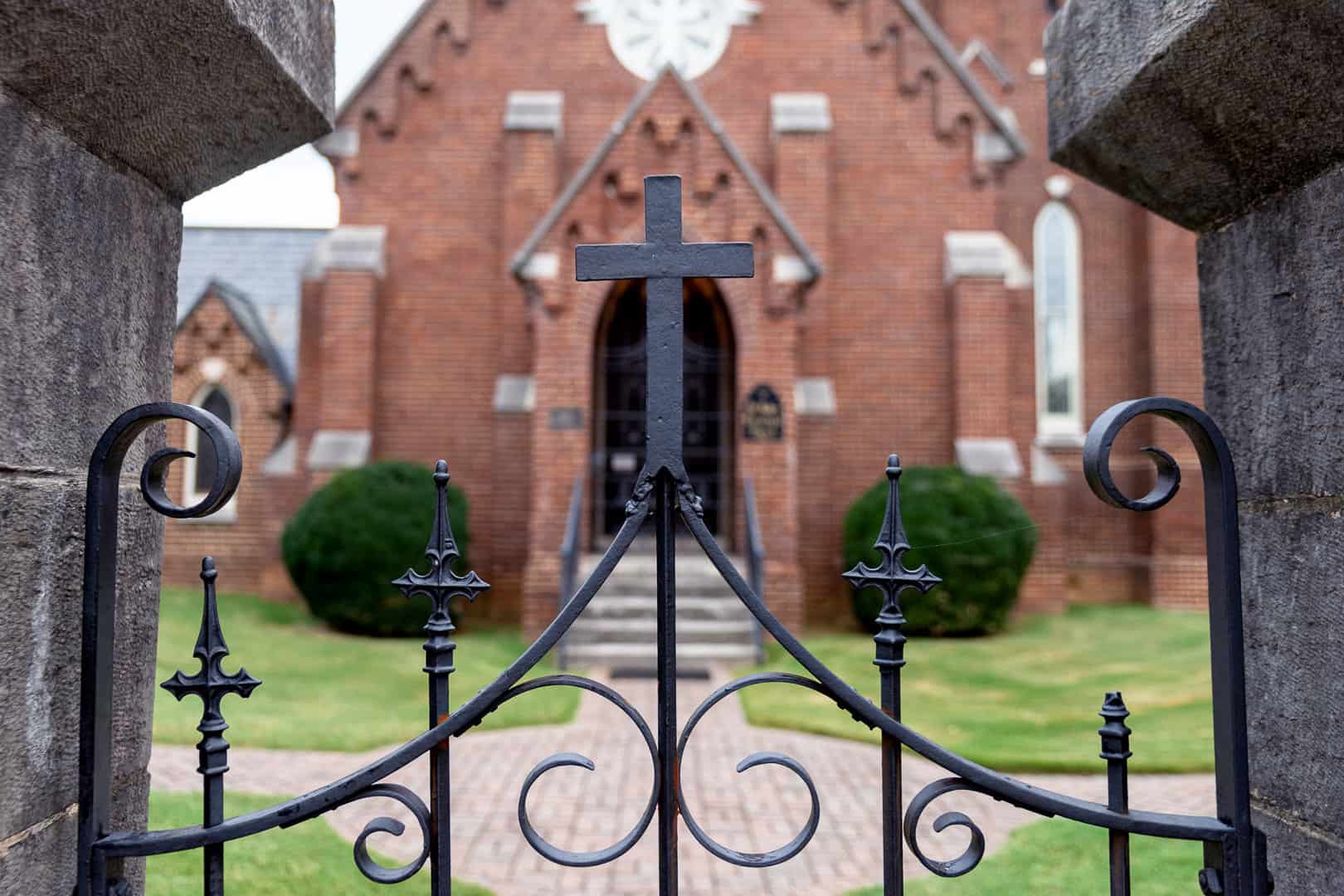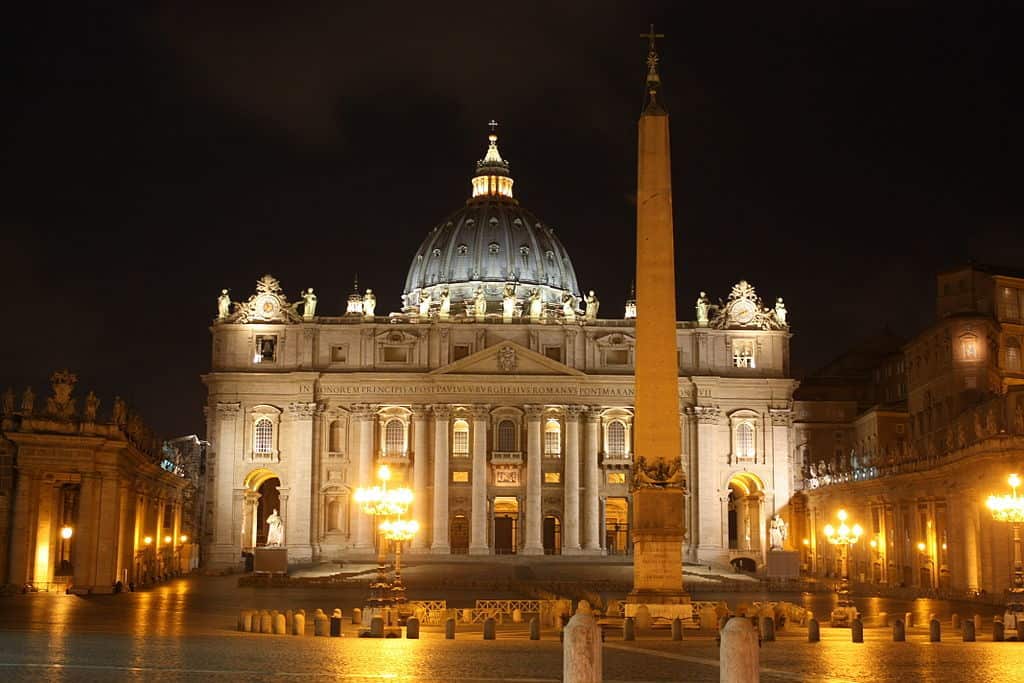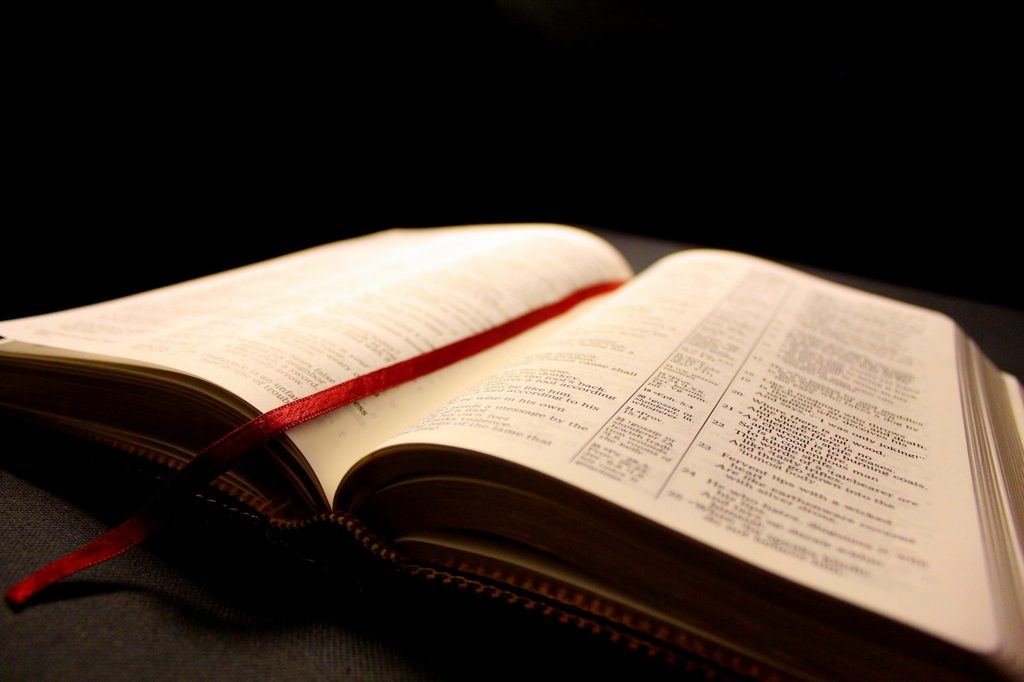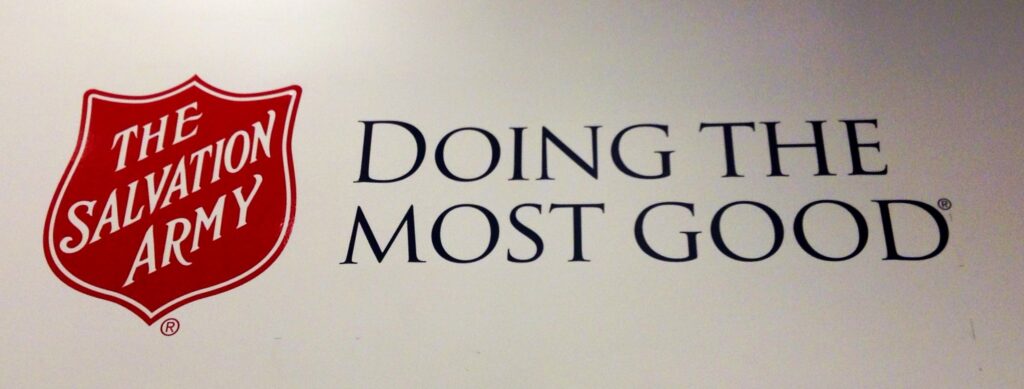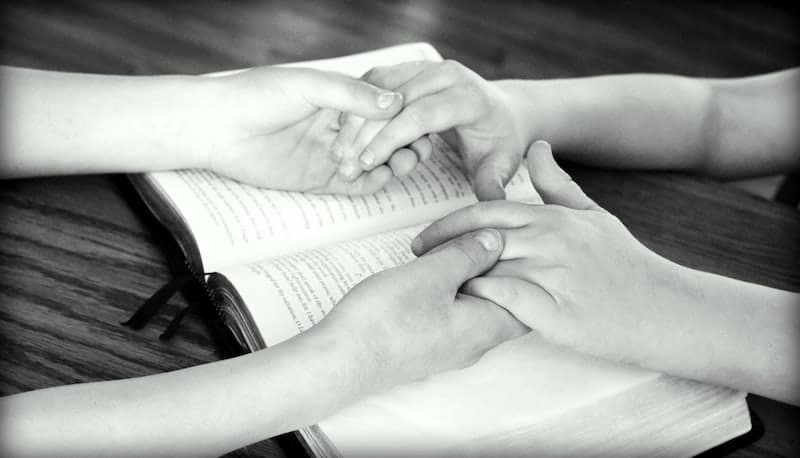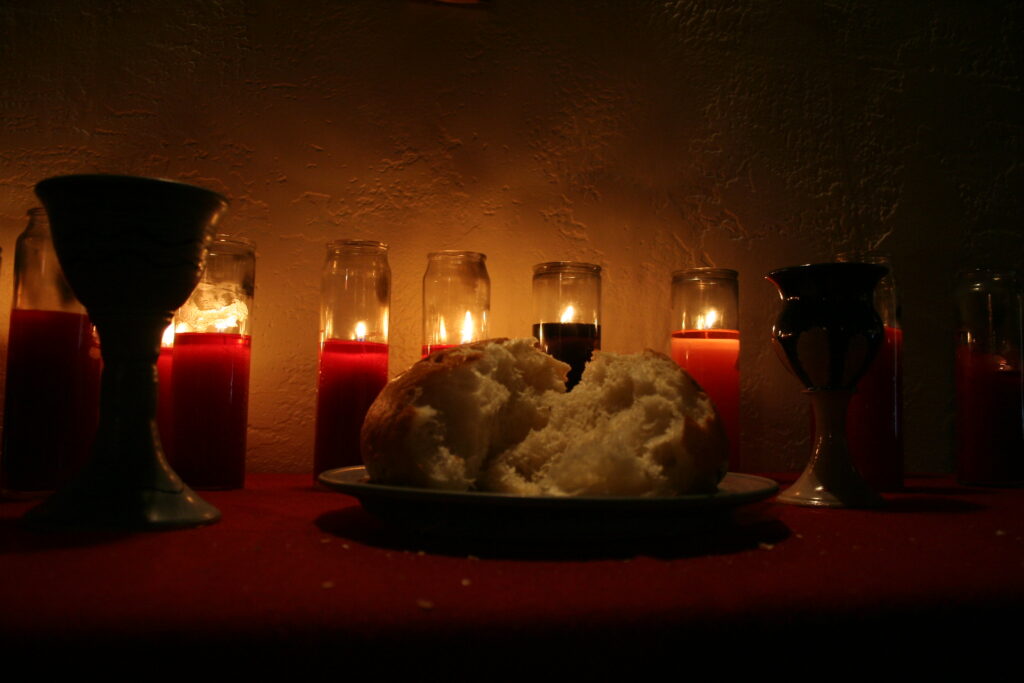What is the church?
- A church (lowercase) is a group of called-out believers who meet regularly to worship God. The place where this group of believers gathers may secondarily be called a church.
- A Church (capital) may be a structured network of Christian congregations held together by common identity, governance, beliefs, and practices. Sometimes, a Church in this sense and a denomination are considered one and the same, e.g., the United Methodist Church.
- The Church (capital) includes all believers who have experienced salvation from sin and reconciliation with God. This universal Church encompasses the visible, organized Church and all locations where Christians gather.
Identifying the Church
How do I know that a church is part of the Church? Three prominent answers to this and similar important questions have been:
- Valid apostolic succession conforming to historic doctrines and practices.
- Correct doctrine as taught in the Bible and its practices conform with biblical examples.
- Empowered by the Holy Spirit to find the fullness of salvation in holy living and the exercise of gifts.
“Church” is one of those words that seems obvious until it isn’t. In its most frequent, everyday use, the term refers to a location. It refers to the place where Christians gather to worship God through prayers, hymns, sermons, and sacraments or ordinances. Thus, the phrase “go to church.”

The Multifaceted Nature of “Church”
Many children raised in a churchgoing family hear this misleading message. The building earns the name church by association. When believers speak of “my church,” they usually mean their local congregations. It refers to the people who gather together as the family of God, forming an organized fellowship, teaching, and practicing the Christian faith to pass it down from the older to the younger generation.
The primary meaning of the New Testament Greek word “ekklesia” (called out) translated as “church” in English originally refers to the public assembly of people for a city’s political decision-making and therefore, devoid of any religious connotation. Ekklesia’s application to Christian gatherings, especially prominent in Paul’s letters, emphasizes the believers’ active participation in the church.
There are times when the apostle Paul and other New Testament writers discuss “the church.” The singular includes all the local churches in which Christians live their faith. In English, this definition of the word can be marked by capitalization: one refers to “Church” instead of “church.” For this meaning, the word is universal in scope, referring to all Christians as a single body. Different doctrines and practices divide the Church into three major categories within Christianity – Eastern Orthodox, Roman Catholic, and Protestant.
Relationship Between Churches and the Church
What is the relationship between churches and the Church? How does one know that a particular assembly is part of the universal Church?
One answer that arose very early in Christian history emphasizes institutional continuity. Jesus Christ founded the Church and based it on apostolic succession. According to this doctrine, Jesus appointed his twelve disciples, later known as the apostles, to lay the foundation of the Church. As they spread out from Jerusalem to proclaim the gospel, they appointed new church leaders in the assemblies they founded. Those leaders would, in turn, lay their hands on others and appoint them leaders, forming a connecting chain across time and space.
A major proponent of this view was St. Ignatius of Antioch, a second-century bishop (“overseer”), who argued that no gathering of believers could technically be the church without the presence and charge of a bishop. “See that you do nothing without the bishop,” he wrote. Any Christian community apart from the sanctioned leadership he considers a false church.
Hierarchy and Sacraments
This model developed into a hierarchical system in which patriarchs or archbishops in major cities cared for all the Christians in a large territory. The bishops served under them, each leading a set of local churches in a smaller area known as a diocese. A presbyter (Greek for “elder”), which eventually became the word priest for English speakers, then ran the local church. The bishops carry authorization to baptize new Christians and ordain presbyters. Presbyters then carry on the duty to serve the Eucharist (“Holy Communion”; “the Lord’s Supper”) and discipline believers who have sinned.
With some variations, this is the model of the Church one finds today in the Roman Catholic Church, the various Eastern Orthodox and Asian Orthodox churches, and with greater variation among some Protestant denominations such as the Episcopalians. For Catholics, the Pope is the head of the Church (with a capital C). For the Orthodox and Protestant denominations, the Church has no singular leader but a “communion” of self-governing bodies with a shared understanding of Christian faith and practice and recognize one another as representing how the Church should be manifested.
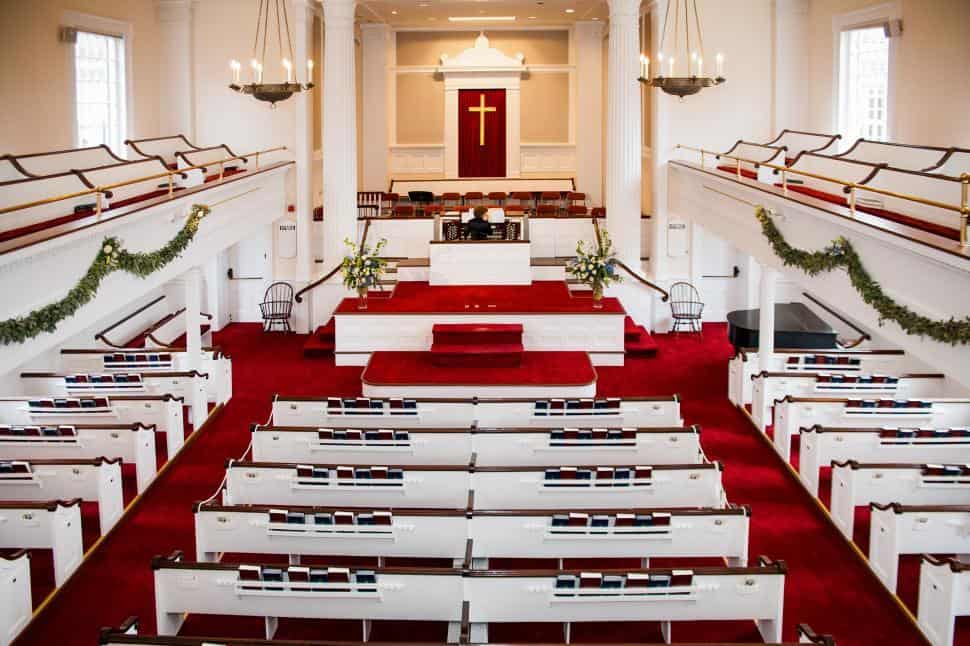
Comforting Boundaries
Historically, this model of the Church has been comfortable with clear boundaries. Whoever is a member of the church in good standing has access to the legitimate sacraments (not just baptism and the Eucharist, but others such as penance and anointing of the sick) and the assurance of eternal life. Unbelievers and heretics (persons who identify as Christians but do not belong to the “true Church” or believe its doctrines) are, sadly, hell-bound. St. Cyprian of Carthage summed up this perspective in the third century: “Outside the Church, there is no salvation.”
This confidence has always been challenged by schisms, or divisions of Christians into competing institutions that each claimed to be, in the words of the Nicene Creed, the “one, holy, catholic and apostolic Church.” For many centuries, it was not considered possible that God’s people could really be split into various factions. After all, Christ Jesus had prayed in John 17 that “they all may be one.” Paul also stressed the unity of believers when he wrote that there is “one faith, one Lord, one baptism” (Ephesians 4:5). If some people over there left our Church, it was reasoned that they did so because they never truly believed, or that they had abandoned the doctrine of the church. But what to do with the fact that these supposed heretics also confessed Jesus Christ as Lord, practiced the sacraments/ordinances, and had their saints who lived lives of exemplary holiness?
Another Model: Doctrinal Accuracy and Fragmentation
A second major model of the Church came into view with the Protestant Reformation in 16th-century Europe. In 1517, the German monk Martin Luther concluded that the Roman Catholic Church was teaching incorrect doctrines. He and other Reformers, such as John Calvin and Huldrych Zwingli, sought to correct what they considered false teachings by appeals to Scripture. Because the Catholic hierarchy was not receptive to such corrections, the Reformers abandoned the principle of apostolic succession and founded their own networks of churches, each intended as a restoration of the true Church.
In this view, each community of believers can be considered part of the true, universal Church. Christians have the assurance of salvation because they have been taught and assented to the correct understanding of the Gospel. Doctrinal accuracy is maintained by the leaders of the churches, who carefully study God’s word and agree to shared confessions of faith that demarcate true belief. Networks of churches may be structurally independent but recognize one another as the Church because of their common faith, similar to the Orthodox churches.
Like the Catholic and Orthodox churches, many Protestants tended to view Christians belonging to other church organizations as not being Christians. The Reformers denounced Catholicism as a pretend Church and its adherents as superstitious and damned “papists.” Catholics, in turn, thought of Martin Luther as mentally insane or demon-possessed and dismissed Protestants as apostates who abandoned Christ.
Fragmentation and Denominations
Protestantism’s declaration that the visible “Church” had strayed, alongside its commitment to the independent study of the Bible apart from prevailing traditions, resulted in ongoing fragmentation over the centuries. Instead of one Reformation, there were many. Over time, groups emerged with names that we recognize today: Baptists and Mennonites, Methodists and Presbyterians, and more. Frequently, each group understood itself as the properly reformed and truly realized Church. Sometimes, interactions with “heretics” were limited, and “foreign” marriages with outsiders were considered beyond the pale.
Over time, Christians have struggled to reconcile themselves with their seemingly permanent divisions. Protestants came to view their distinct networks not as the Church but as members of the body of Christ with fellow citizens, despite often deep differences of opinion. The idea of the denomination was born: a group that shares a certain set of beliefs and practices.
A Generous Shift
With the Second Vatican Council in the 1960s, the Roman Catholic Church also adopted a more generous tone, relaxing the strict identification of the universal Church with the institution that happens to have the Pope at the top. According to official Catholic doctrine, the universal Church “subsists” in the Roman Catholic Church but is also present in Orthodoxy and the “ecclesial communities” of Protestants.
Although many conservative Christians reject such overtures, Christians now often make a distinction between the invisible and visible Church. The invisible and universal Church is the same, including the sum of all Christians, a quantity only God knows. The visible church includes “nominal” Christians, who might not be associated with Christians or Christian activity.
Visible churches provide communities in which the universal Church may be acted out through reading Scripture, teaching dogma (core truths of Christianity) and doctrine (biblical interpretation), living righteously, and performing the practices Jesus has commanded, such as baptism and the Eucharist or Lord’s Supper. Christians increasingly live out their ways of being Church with the humility that no community has perfectly manifested God’s intentions. Since the early twentieth century, the ecumenical movement has brought different Christian groups into dialogue in the hopes of reconciling and restoring the visible unity of the church.
A Third Model: Holy Spirit Empowerment and Pentecostal/Charismatic Movement
The continuing divisions of Christianity have been an impetus for a third major model of the Church. This can be found in the rapidly growing Pentecostal/charismatic tradition. This is the belief that churches best manifest the universal Church through openness to empowerment by the Holy Spirit. Correct structure and correct doctrine are not necessarily denied, but they are secondary to the lived experience of the Spirit, enabling Christians to overcome sin, find healing in body and soul, and witness to God’s power in the exercise of spiritual gifts, some of which we may call “miraculous.”
All Christians believe in the empowering of the Holy Spirit. They disagree in their understanding of the scope and purpose of the Spirit’s activity. Many Christians believe miracles, prophecy, speaking in tongues, and prophecy from God ceased upon completion of the biblical canon. These “extraordinary” gifts authenticated the gospel when it first began to be preached and are no longer needed.
Pentecostal and charismatic Christians believe speaking in tongues, miraculous healing, and prophetic words are normal practices for Christians. Such believers have both formed their denominations and remained in existing denominations as spokespersons for spiritual renewal. For example, many Roman Catholics identify with the Catholic Charismatic Renewal, which has the official endorsement of the Vatican. Pentecostal/charismatic Christians have rarely understood their new assemblies to be the exclusive, true Church.
Unity Amid Diversity
Generally speaking, all Christians agree that “the Church” consists of a universal body of believers. In local assemblies, followers of Christ learn about the Word of God and live out their faith. These communities may be independent, understanding the universal Church to be invisible, or they may belong to one of many denominations or movements. Depending on their theology, Christians may identify their church as authentic if it has valid apostolic succession, correct doctrine, Spirit empowerment, or some combination of these characteristics.
What do you think? Please share your thoughts below.
Too often, people answer faith questions with dogmatic certitude and neglect the historical diversity and complexity of Christian ideas. The Questions Project is a resource that responds to questions about faith, history, and scripture in a way that honors the historical diversity and complexity of Christian thought. But this is a work in process, and we need your help. Please provide feedback. We are particularly interested in knowing what we have missed and how we can improve our responses. Please keep all comments kind or risk deletion.

